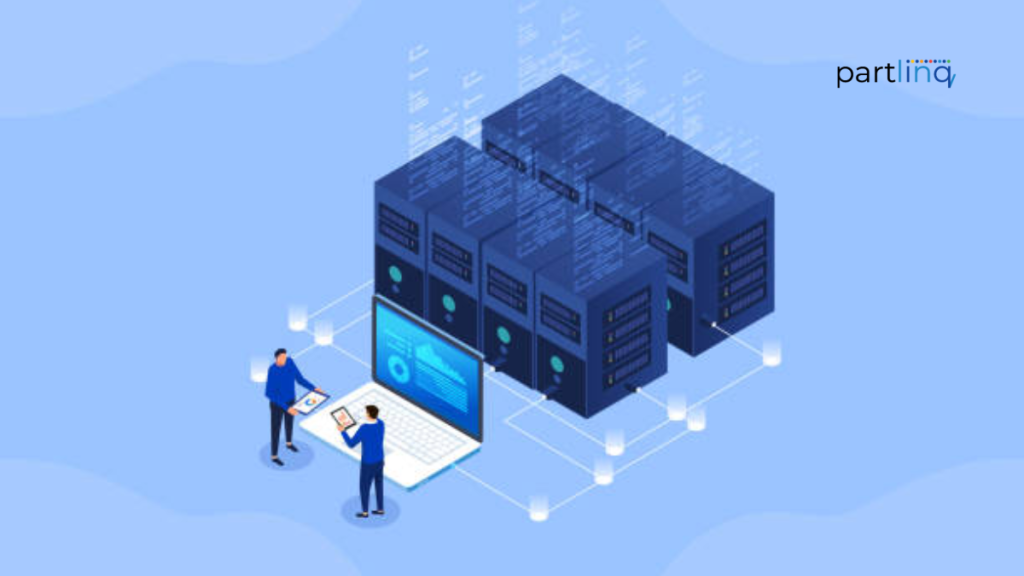
The Computerized Maintenance Management System (CMMS) is software that is used to manage the maintenance of assets in an organization. Preventive and corrective maintenance can both be accomplished with it. Data is the heart and soul of a CMMS. By integrating this software into your organization, you will be able to automate processes to help your team work more efficiently by supplying data about all your assets and equipment. Other applications of CMMS software include inventory management, work order generation, and cost analysis.
The following are some of the benefits of using CMMS:
It can help you save money by preventing unnecessary repairs or replacements due to lack of knowledge about an asset’s condition
Enterprise asset management software is used for preserving assets for their full life cycle and maximizing their potential for enterprise use. Its focus is a superset of CMMS that offers a greater specificity of asset targeting features. It can do what a CMMS does and then some.
Here is an example: historically, EAM systems would offer an asset life cycle management module. All assets have a set life span, and to effectively manage them, it is key to be aware of where that asset is in its life cycle. This helps determine if that asset is providing value to your business.
Asset life cycle management functionality helps users plan for updates, replacements and other changes that might cause serious setbacks if they happen by surprise. It used to be strictly an EAM feature, but as CMMS became more advanced and diverse, it is now often offered by both types of systems.
Software for computerized maintenance management systems (CMMSs) and enterprise asset management (EAMs (Enterprise Asset Management)) are similar and can do many of the same things, but there are some key differences, and it really comes down to what each platform aims to do. Companies can use CMMSs to track information about their maintenance operations so that they can improve asset uptime and make their teams more efficient. All those things can be tracked with EAM software, but it also offers a much broader range of features that can track data across the entire asset lifecycle. An EAM solution contains a CMMS, but CMMS software does not have the capabilities of an EAM solution.
In addition to their similar features and applications, EAM systems offer a wider range of capabilities than CMMS systems. It is their scope and philosophy that really sets them apart. When comparing CMMSs to EAMs, CMMSs focus on maintenance, while EAMs focus on asset management. CMMS systems track assets after they are procured and installed, while EAM systems track assets from design and installation through disposal. Assets can be tracked at a single or limited location in a CMMS, but all assets can be tracked at multiple locations in an EAM.
However, EAM goes beyond a boosted CMMS. In other words, it is a system for optimizing the performance levels of physical assets. This CMMS offers a purchasing management system, accounting system, document management system, inventory management system, multisite management tools, project management system, and business intelligence software. EAM systems are used in asset-intensive enterprises to get the most out of their assets and reduce costs because they offer features that make it easy for them to do that. The difference between a CMMS and an EAM system goes beyond their features, so comparing the two is misleading. In terms of asset management, these two systems use two different approaches.
The implementation of an EAM or CMMS can be challenging from multiple viewpoints. However, there are some best practices that need to be followed to set up your system correctly. When setting up a CMMS or EAM system, you need to keep the following best practices in mind:
CMMS and EAM software both have their advantages and disadvantages. Having a clear understanding of the differences between the two will help companies determine which will be most appropriate for their needs. To understand the features, functionality, and capabilities of EAM and CMMS tools, those responsible for building software architecture for businesses can look at them side-by-side, taking into account that EAM typically aggregates a broader selection of tools than CMMS. With the growth in data collection, usage, and analysis, these types of software will become even more comprehensive and powerful. It is exciting to think about the future of CMMS and EAM within the context of interconnected machines and the Internet of Things. With Partlinq, organizations can streamline and optimize their systems and processes through digital procurement and supply chain management. We help organizations to build high-performing digitally driven processes and provide a platform for procurement professionals to simplify the process of identifying, comparing, negotiating, and purchasing new or used goods in order to reduce time-to-value.